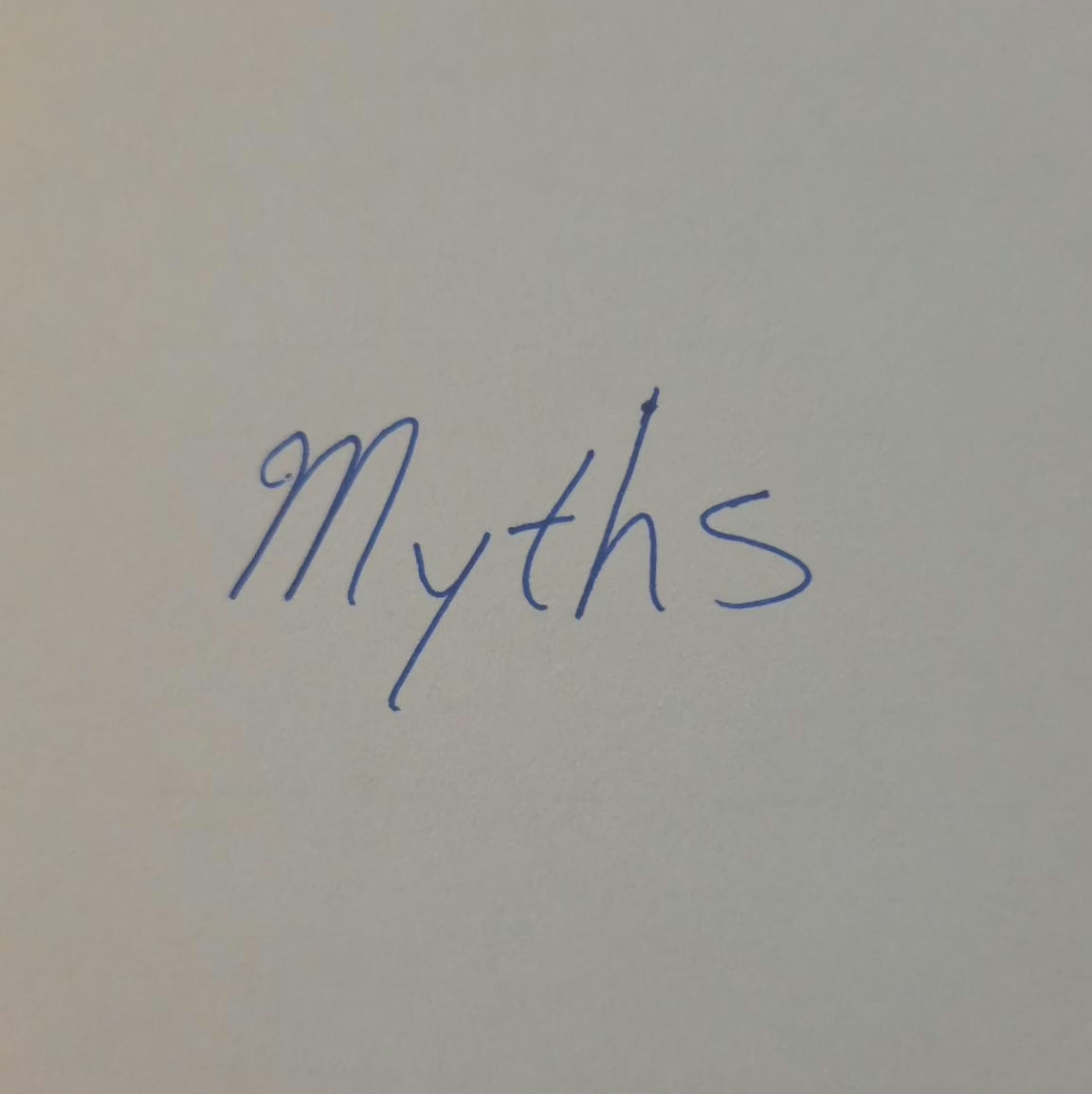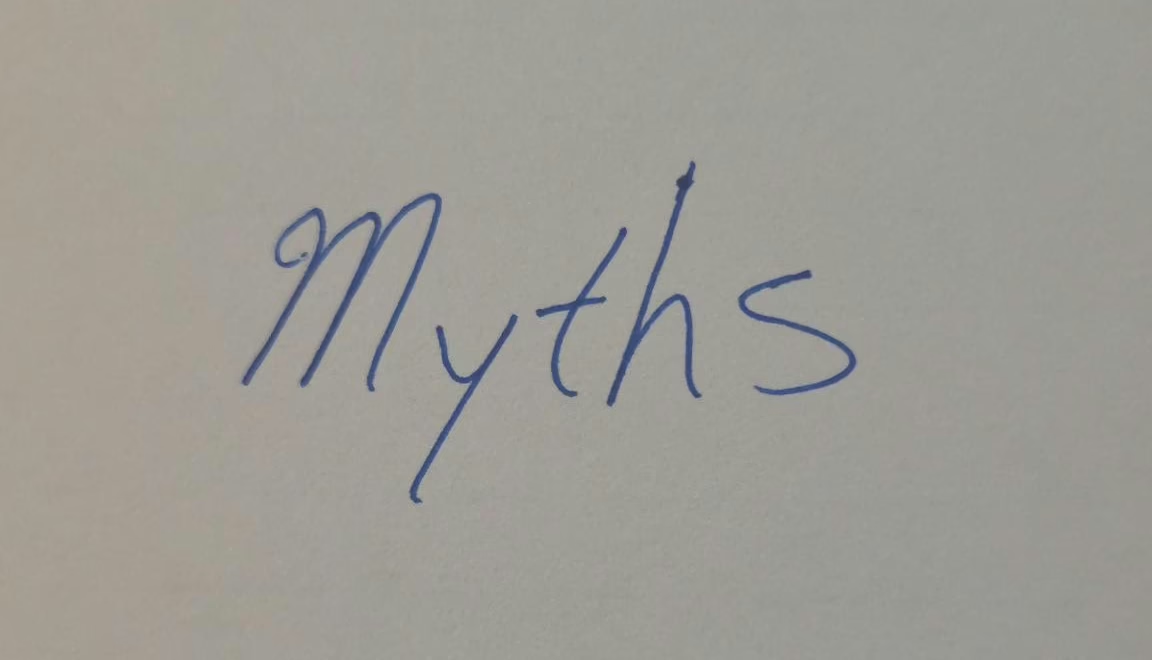
I’ve been helping people with their home and auto insurance comparisons here in Oregon for over a decade now and here are the most common misunderstandings I see. I call them “seductive” because many of these myths will tempt you to do things that will cost you time or money.
Myths about Shopping for Insurance
Myth: I should switch insurance companies every year to get the best rates.
Most companies include length of time with a carrier in their pricing models. So it’s not usually worth checking prices every year unless your circumstances or the prices have changed significantly. Otherwise, it’s probably worth checking around every 3 to 5 years. Plus, how much is your time worth?
If it has been awhile and you live here in Oregon, we’d love to provide a car and home comparison for you.
Myth: Buying my own insurance directly, without an agent, will give me the best rates.
This has the ring of truth because, after all, aren’t you cutting out the interloper, the “middle-man”? Not necessarily.
That company still has to pay to replace the middle-man. Also, they need more power to run their ai chatbots, more people to service the policies, oh, and billions more in marketing. Why? Local agents often have real connections to the communities they serve, but the insurance companies need to manufacture those connections. They do this with name-plate sponsorships, hiring your favorite quarterback, or creating entertaining characters like “Mayhem” or fake lizards to make you chuckle.
Moreover, the companies that rely more on AI and software often do so by screening out all but the simplest insurance cases in advance or–worse– after you’ve purchased the policy!
By contrast, a good independent agent will get a sense for what you’re looking for, will help understand what you’re paying for, and can check with multiple companies.
(Incidentally, I recently ran my own insurance through a direct provider promising the best rate. And? The cost was higher with worse coverage. But they would have been glad for me to assume their ad was true. It wasn’t for my situation.)
Myth: Bundling is always better.
Usually, but not always.
Myth: An agency with access to a dozen or more carriers can guarantee better insurance.
Bigger agencies often rely on rating systems to automatically run quotes with a lot of carriers. This can be helpful and give them a time savings but often, because policies can be different, the rating systems have to assume information.
Additionally, this process also incentivizes carriers and agencies to minimize coverage benefits in order to produce lower prices.
Lower prices are great, if it’s a sensible comparison with coverage you want.
Also, as a practical matter, it is a lot harder for agents to keep track of the ins-and-outs of policies from dozens of carriers.
Finally, if price is the only thing that matters to you, then yes, a company with dozens of carriers can be a good approach, but if you’re concerned about both price and coverages, then this path is less promising.
Myth: There is a free lunch.
With the possible exception of trailside blackberries here in Oregon, lunches always come with a cost.
Car Insurance Myths
Myth: Small not-at fault claims won’t affect my rates.
Things like roadside assistance, glass claims, and not-at-fault accidents will almost certainly affect your rates. They are weighted less than at-fault accidents, but they are counted.
Why? It may not seem like it but there is a rationale. Small claims may not say something about how likely we are to have an accident. But they do say something about how likely we are to file a claim. Claims take resources to resolve, and the company passes those costs to consumers who tend to use those services.
Put it another way, if you wanted to create a risk-sharing pool with your neighbors for driving and you knew one of them replaced their windshields and towed their cars often, you’d probably ask them to pay more into the pool. That’s essentially what the insurance company is doing.
This is another reason to consider saving insurance for bigger losses.
Myth: If we call it a “fender bender,” it wasn’t an accident.
I love the phrase “fender bender.” In fact, I like it so much that I would love to see it used in an insurance contract; but, it is nowhere to be found. Nor is it found in underwriting rate manuals (the manuals that describe how to count different accidents). If I had a fender bender, I had an accident, but thankfully a smaller one!
(One additional thought. Because the costs of car repairs have continued to go up, it’s also quite possible that a “fender bender,” while small, still costs $10s of thousands to repair.)
Myth: Getting an extra “beater” car for my teenager will be cheaper.
It is usually true that getting a low value car for your teenager will be cheaper to insure than getting a nicer more expensive one of similar type. However, getting an additional car nearly always adds expense to an already expensive situation.
This is because most carriers now spread the household driver risk across all the cars in the household.
So if your teen really won’t be driving much, perhaps consider holding off on an extra vehicle.
(Other tips for helping your insurance pricing with a teenager.)
Myth: I’ve filed a claim, and now my insurance company will do everything.
Yes, the insurance company should do their part to resolve your claim. The insurance company should be prompt in responding, clear in communication, and helping move things along, but there’s still much to do. You should expect that you’ll need to push repairs forward and keep the ball moving.
Myth: Oregon’s state minimums are all I need on my cars.
While there may be times when finances are so tight you have to cut to state minimums on the car insurance, the state minimums here in Oregon were established nearly 50 years ago. We have all seen how much medical costs, vehicle costs, and insurance costs have gone up in just the last 10 years; try the last 50!
If you have minimums, you could be putting your livelihood and your home at risk if you cause an accident. Essentially, the insurer will pay out their limits, and the other party can sue you for the remainder of the damages.
Myth: “I shouldn’t be paying for other people’s losses!”
An understandable feeling, but this misses the point of insurance. Insurance exists to share the financial risks of owning a driving a car or owning a home.
However, if your neighbor is a terrible driver you may take some sick comfort in the reality that they will pay significantly more to share risk with you. And if they are a terrible driver, your insurer probably will not sell them a policy.
Home Insurance Myths
Myth: Insurance companies don’t pay claims.
I’ve seen fire burn homes in Beaverton, wind rip roofs off in Forest Grove, tree branches pierce roofs in Lake Oswego, among many other claims. I see clients get their claims taken care of on a weekly basis to the tune of thousands, tens of thousands, and, occasionally, hundreds of thousands of dollars.
Don’t get me wrong. There can be difficult claims and sometimes insurance companies muff it. But, insurers pay out the vast majority of claims and provide a good financial service in helping clients move on in life.
Myth: All insurance carriers and contracts are the same.
Options and contract language can vary bigtime.
Some home policies limit tool coverage. Others don’t. Some offer significant water damage coverage. Others don’t. Some exclude dog bite liability. Others don’t. Some include earthquake. Others don’t. Some offer matching siding/roofing coverage. Some don’t. Some give a huge bundle discount. Others don’t . . . .
Myth: If my neighbors tree falls on my house, their insurance will cover it.
The claim will go through your insurance. Because of our stunning trees, this one happens more frequently here in Oregon.
(The rare case when it might go on your neighbor’s insurance would be if you noticed that the tree was diseased, had it inspected, and notified your neighbor by certified mail.)
Myth: “Acts of God” aren’t covered.
The phrase isn’t normally used for car and home insurance policies here in Oregon. But if we want to go down this rabbit hole just for fun, it depends which acts we’re talking about. Damages from wind, hail, lightning, a tree falling on your roof, a wildfire, or a pipe bursting in your home are routinely covered.
Now, if you want coverage for flooding, earthquake, or landslide, your home insurance won’t cover those perils unless you’ve sought out special coverage.
Learn more About Us (actual people!), our Sensible Approach, or our Carriers.

